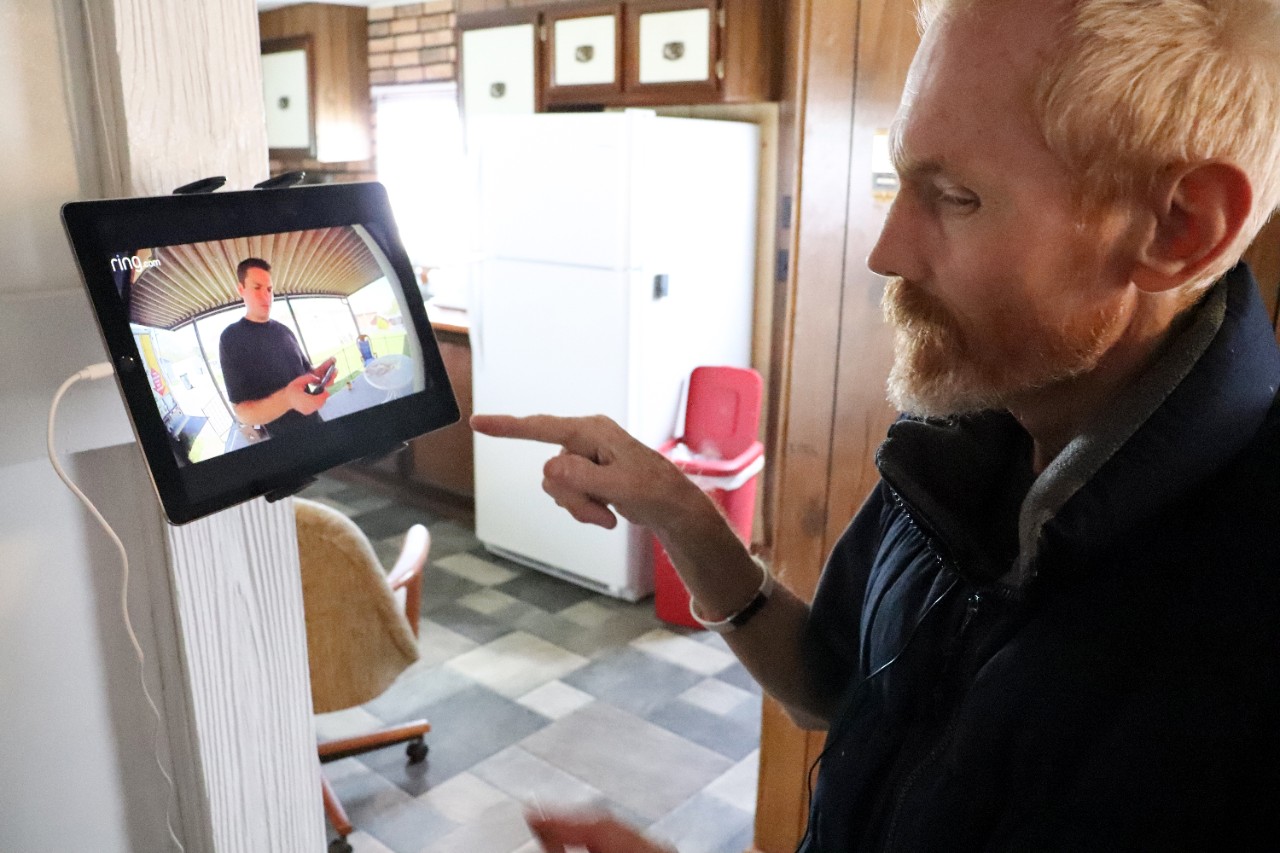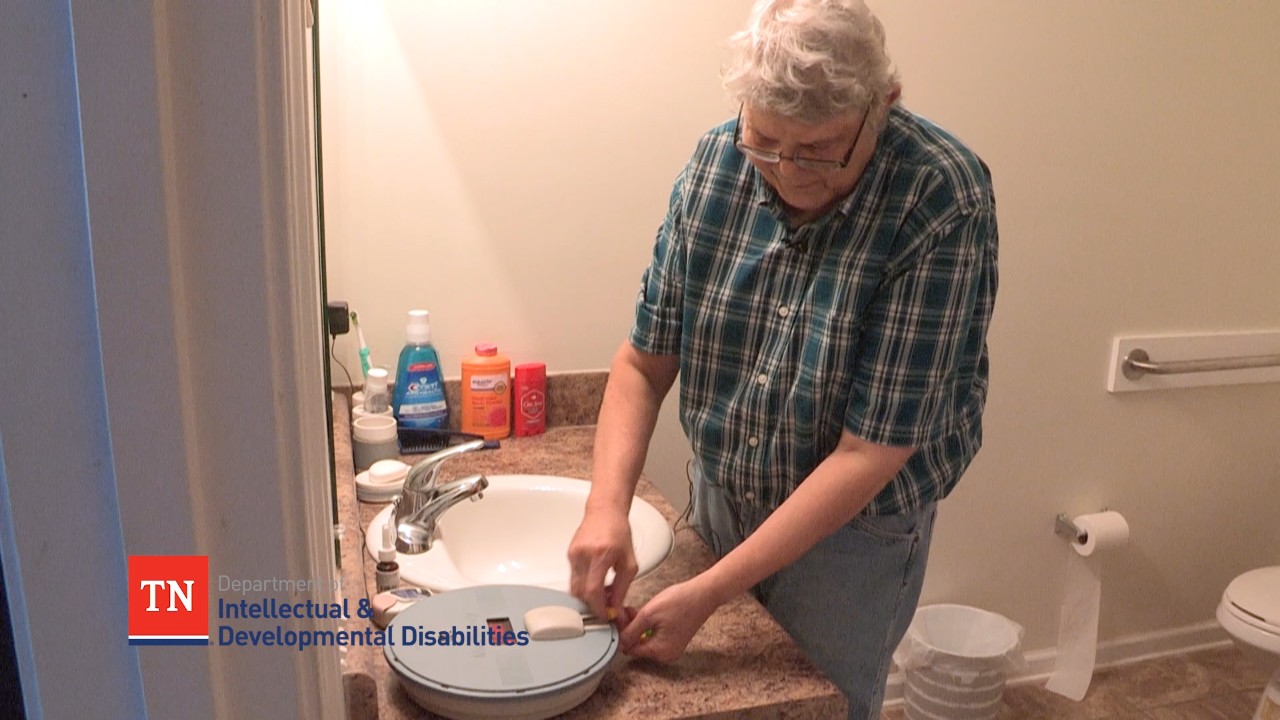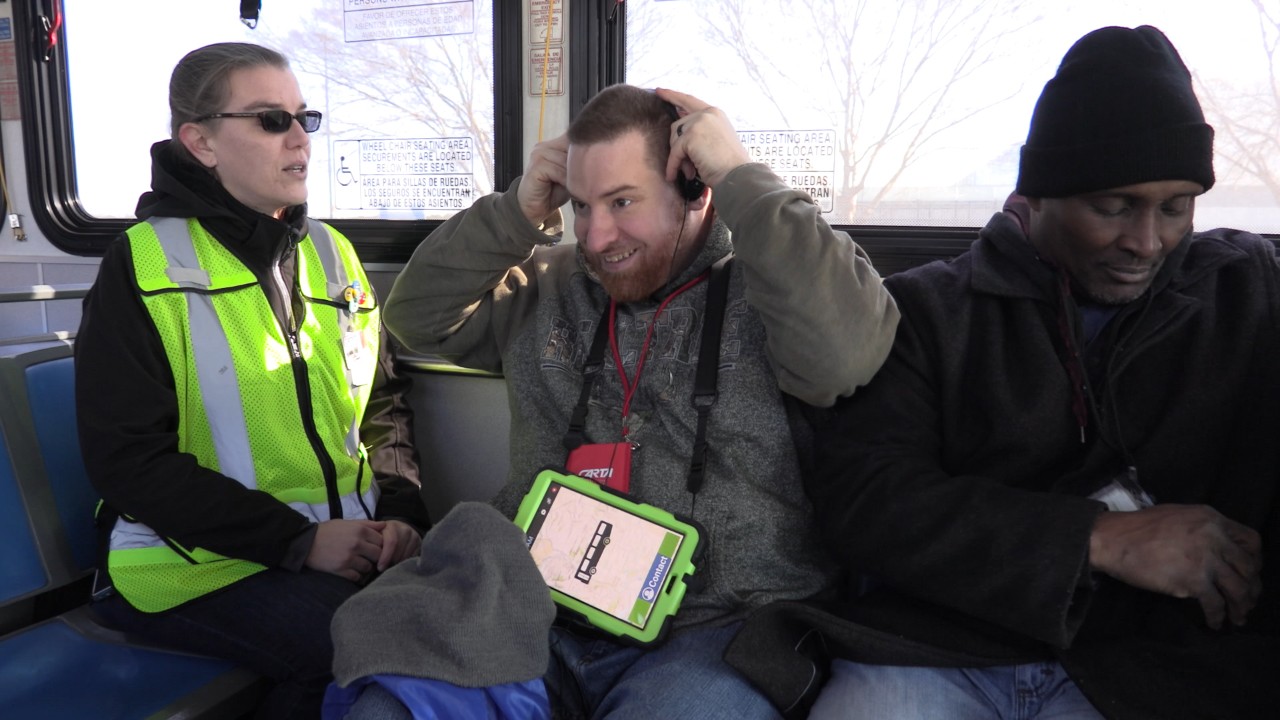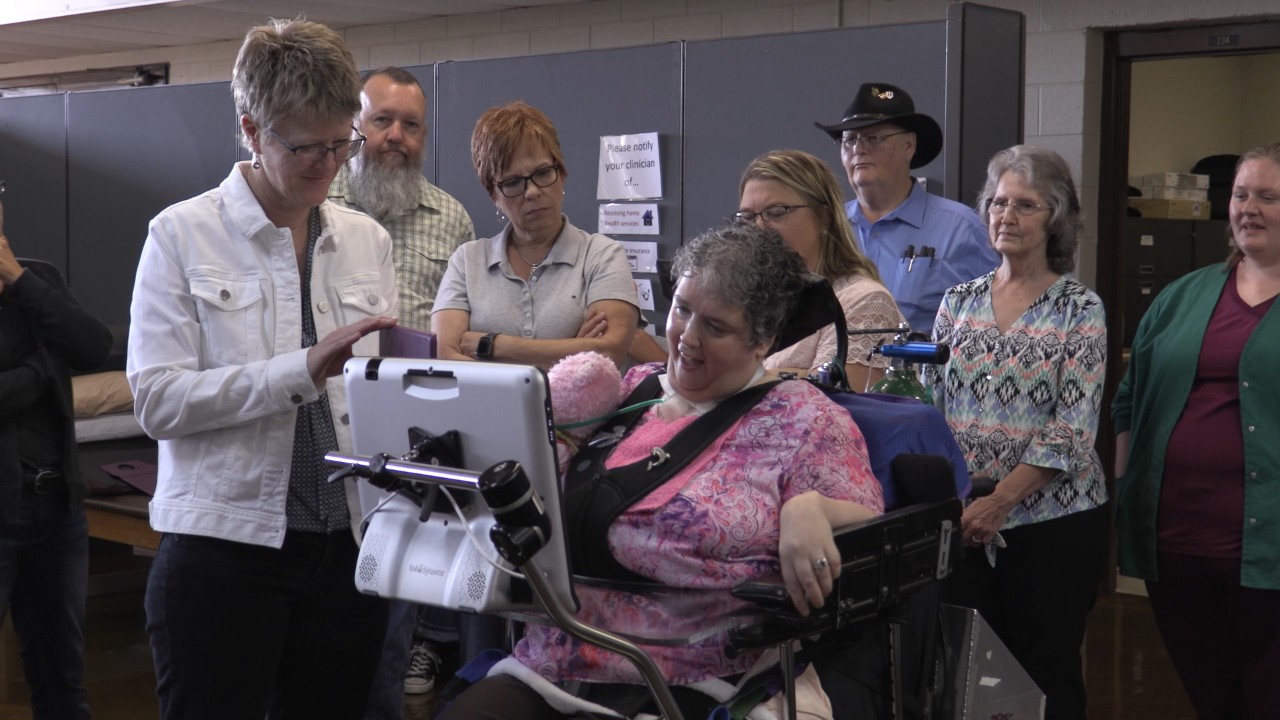Breaking Ground 104 - Growing Independence Through Technology
By Cara Kumari, Assistant Commissioner of Communications and External Affairs, TN Department of Intellectual and Developmental Disabilities

The COVID-19 pandemic has brought challenges to the state, the nation and the world. That includes changes to how we at the Department of Intellectual and Developmental Disabilities (DIDD) support people with intellectual and developmental disabilities in their homes and communities.
Our priority is to make sure that we support people with disabilities to live the lives they envision for themselves. But we must also balance the health and safety of the people we support. People with intellectual and developmental disabilities often have health conditions that may put them at a greater risk of having complications from COVID-19. Because of this, in March when the governor declared a state of emergency, we moved to provide homebound services for people who receive Medicaid waiver services through DIDD. This gives people an option to stay home during the days to allow for social distancing and reduce the number of people they come in contact with daily.
However, there are still important supports and services people need, even when they are staying at home. DIDD was in a good position to come up with creative, out-of-the box solutions to make sure those services could still be delivered in the COVID-19 pandemic.
When DIDD developed its Enabling Technology program two years ago, it was an opportunity to support people’s independence goals at home, at work, and in the community. Enabling Technology allows us to use technology to support a person with disabilities to live as independently as possible.
We didn’t know when we started Enabling Technology that it would be key during this state of emergency. The work that was already done and the results we had already seen allowed us to launch into action quickly once the pandemic hit to provide this technology to more people.
Here are some of the ways we did it:
- Remote Supports and Sensors: By using remote supports and sensor technology, a person can remain in their home independently, but have access to direct support staff. They do this through a camera or a sensor notification that staff respond to immediately. People can have safe supports and an emergency response through the technology, while limiting the need for in-person staff in their homes. This reduces the chance a person will be exposed to COVID-19 and helps limit spread of the virus through the community.
- Telehealth: In the past, people with disabilities were too often sent to emergency rooms for non-emergency reasons. Right now, people who are sick with COVID-19 are using emergency rooms. We want to make sure people with disabilities can get the treatment they need without having to make an unneeded visit to the ER. This is where telehealth can help. Telehealth allows a person to have remote access to a doctor around the clock. Through the use of a company called StationMD, people getting services through DIDD can reach doctors who are trained to treat people with intellectual and developmental disabilities. If a person still needs to see a doctor in person or go to the ER, the telehealth service will help coordinate that.
- Virtual Services: Important services called “Exploration” and “Discovery” help people explore jobs in the community. They learn how their skills and abilities might contribute to a job. Before the state of emergency, those services often involved in-person training and visiting different job sites. Now, DIDD is working to develop virtual reality lessons for people with disabilities. The virtual lessons will help them learn about different jobs, provide them with on-the-job scenarios, and help with other skills training. This will provide a private, less stressful environment to learn about work, while also reducing possible exposure to COVID-19.
There is no doubt that all of us would like the world to “get back to normal.” Many of us miss our extended families, our friends, our group activities, and our daily routines. We are all ready to see this pandemic in the rearview mirror. But in the meantime, we at DIDD still have a charge and a commitment to make sure we are supporting people with high-quality services every day. DIDD believes that some of new methods we’ve developed during this state of emergency are vital right now and will continue for years to come to give people opportunities to reach their goals and be more independent.

